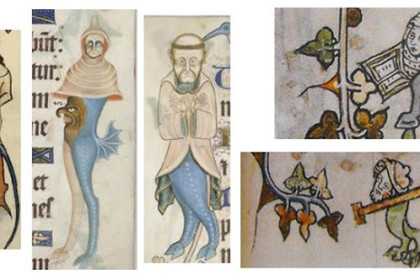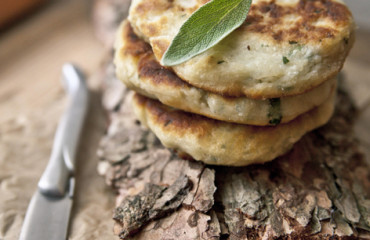
Compendiary, writing – Type of writing that, in order to save time and space, uses a conventional system of abbreviations but without prejudging to the interpretation and meaning of the text.
Continue, writing – Type of writing in which the words are not interspersed with spaces. The division of words appears in the mirror of the page only in the Carolingian era. Yet for all the eleventh century articles, prepositions, and short words continued to be joint to the next word, and the separation of words becomes evident only from the twelfth century.
Cover – Coating of the back and of the two plates of the binding. In the Middle Ages it was used metals and precious fabrics, gems, ivory and ceramics (especially in luxury bindings); leather, beloved by bookbinders for ease of processing, and parchment appear as early as the fifth century, but they also use other skins: donkey, horse, pig, boar, cow, deer, deer, crocodile, fish and even … man, material that gave life to endless legends. The decorated papers impose themselves towards the end of the eighteenth century, and with the advent of industrial ligation, in the nineteenth century, there is a growing use of canvases. At the beginning of the twentieth century bookbinders close to the artistic avant-garde begin to introduce new materials, such as precious woods, galatitis, lamination metal, mother-of-pearl and even eggshell.
Coptic bindings – Made in Upper Egypt and dating from III to IX century, they are among the oldest known specimens of ligation. They are sewn with twine, with flat layers of papyrus or pressed wood covered with goat skin, dry decorated with geometric patterns.
Chrysography – The art of writing with gold ink, used since the third century in parchment codes was practiced later in the Byzantine area and in the West, in Anglo-Saxon, Carolingian and Ottonian books, richly ornamented with gold plating of title pages or initial letters.
Wolf tooth – Curved agate slicker tip of the burnisher, the tool used to polish the gilt-edged books.
Mouse tooth – Decorative element that has a continuous series of small and close triangles, more or less pointed.
Dingbat – Typographical glyph or non-alphabetic symbol (ticks, crosses or playing cards suits).
Dròlerie – Name given to the scenes of bizarre taste and grotesque tone, populated by deformed men and fantastic animals, found in many medieval miniatures (and to a lesser extent of the early Renaissance).
 English
English  Italiano
Italiano 



